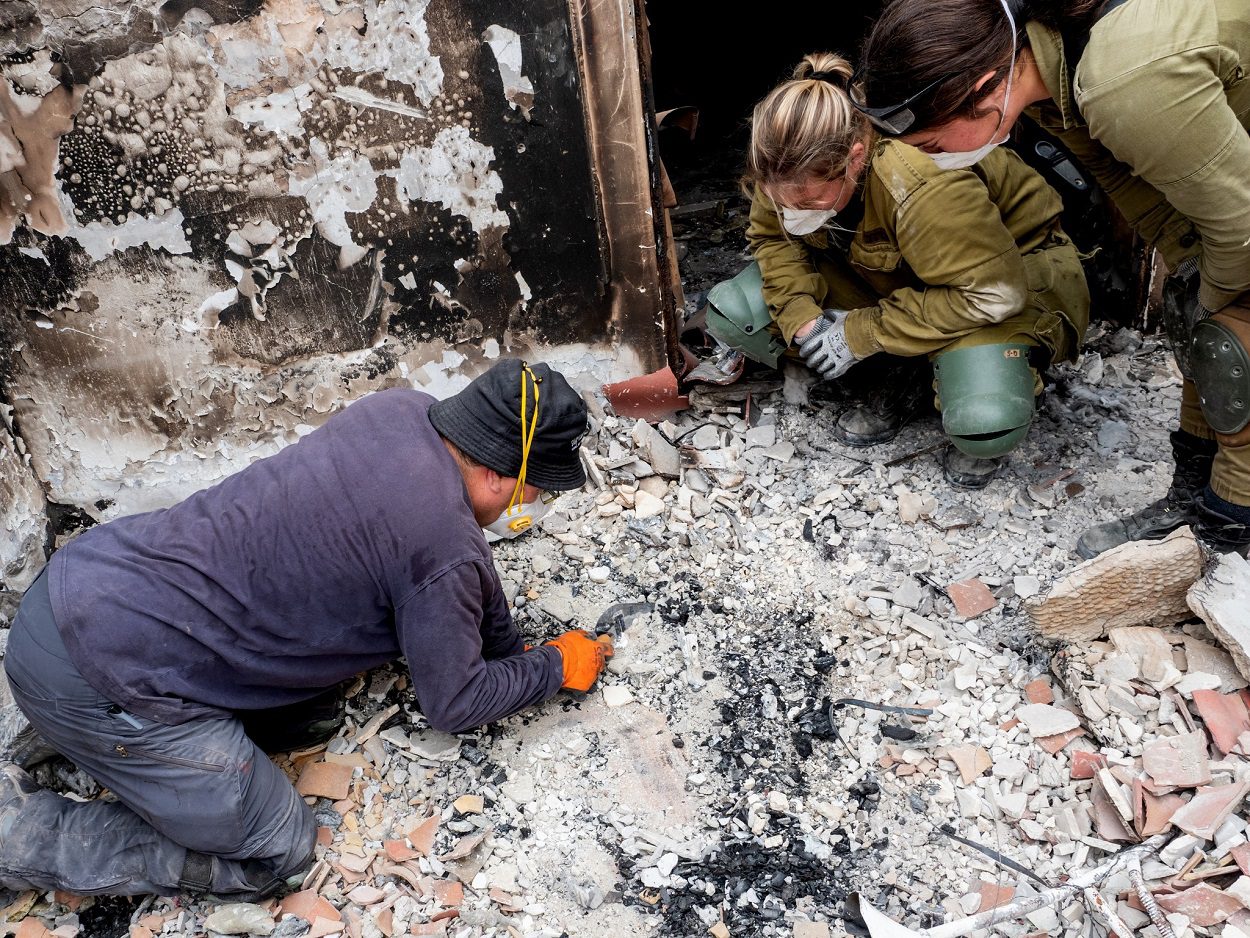A team of archaeologists from the Israel Antiquities Authority (IAA) have been enlisted by the Israel Defence Force (IDF) to search for remains of missing persons from the 7th October massacre.
The Hamas-led attack commenced on the morning of October 7th, with Palestinian militants in Gaza firing more than 5,000 rockets at Israeli cities and kibbutzim.
Concurrently, around 3,000 militants breached the Gaza-Israel barrier, killing anyone they found in the surrounding area or abducting over 200 civilians and Israeli soldiers. More than a dozen massacres, such as the Re’im music festival massacre, resulted in the tragic loss of over 1,400 Israeli lives.
In response, Israel declared a state of war on October 8th, constituting the fifth war of the Gaza–Israel conflict, which is part of the broader Israeli–Palestinian conflict. As of the 6th November, the Hamas-run Gaza Health Ministry reports over 10,000 Palestinians being killed in the conflict.

IAA archaeologists have been enlisted to join the efforts in searching for missing persons in the houses and cars that were incinerated during the October 7th massacre.
Using the techniques and knowledge gained from excavations of burnt and destroyed ancient sites, they have unearthed numerous indicators of human remains which will hopefully provide conclusive evidence on the fate of the families’ missing loved ones.
Over the course of two weeks, the IAA team have carefully searched and sifted through the ashes of the incinerated homes where families from Kibbutz Beeri, Kfar Aza, and Nir Oz were attacked. Additionally, they’ve examined the contents of vehicles from the gathering held at Kibbutz Reim.
According to the IAA: “The archaeological methods employed at ancient sites are similar to the methods applied here, but it is one thing to expose 2000-year-old destruction remains, and quite another thing—heart-rending and unfathomable—to carry out the present task searching for evidence of our sisters and brothers in the settlements.”
Header Image Credit : IAA





